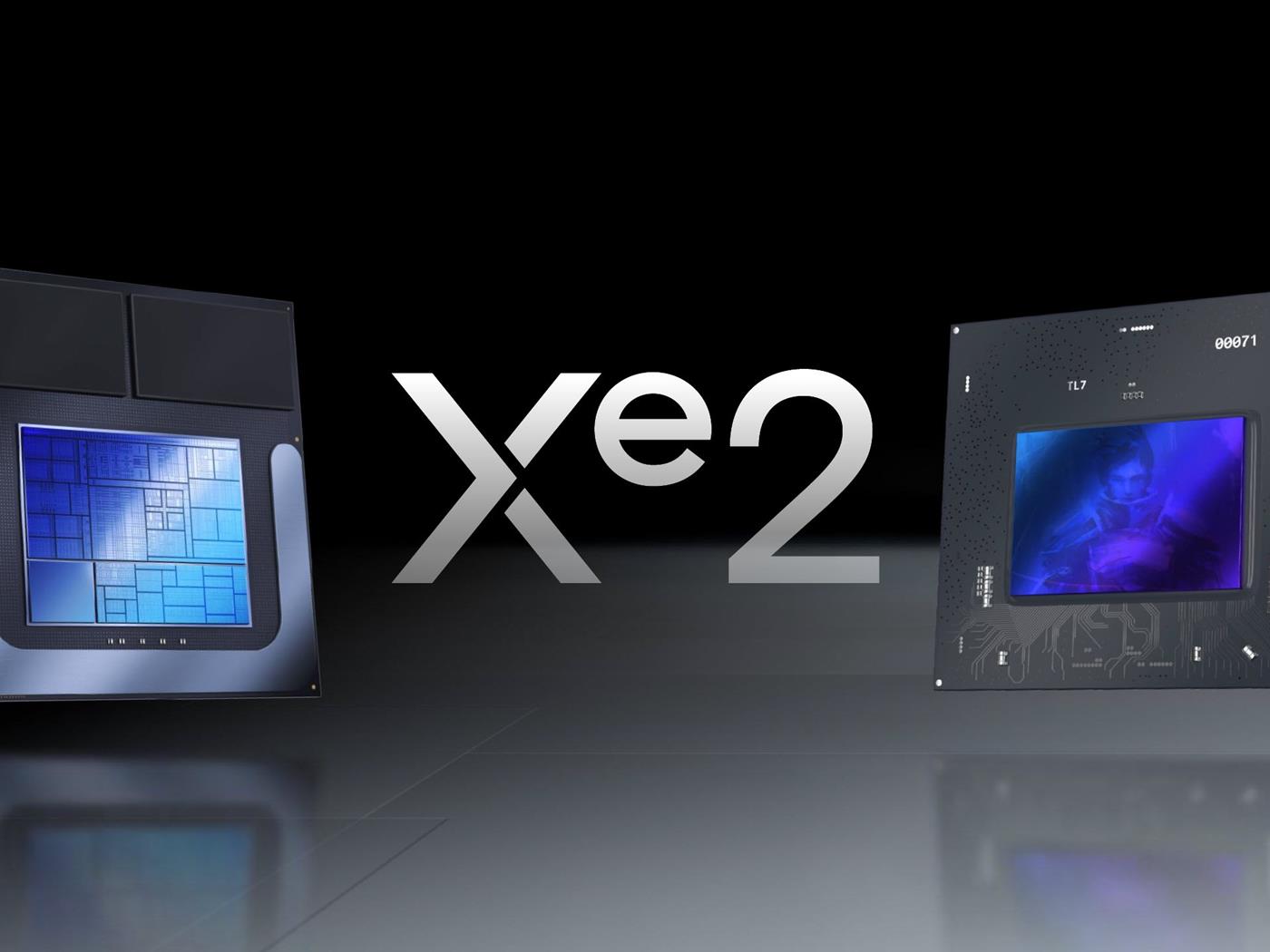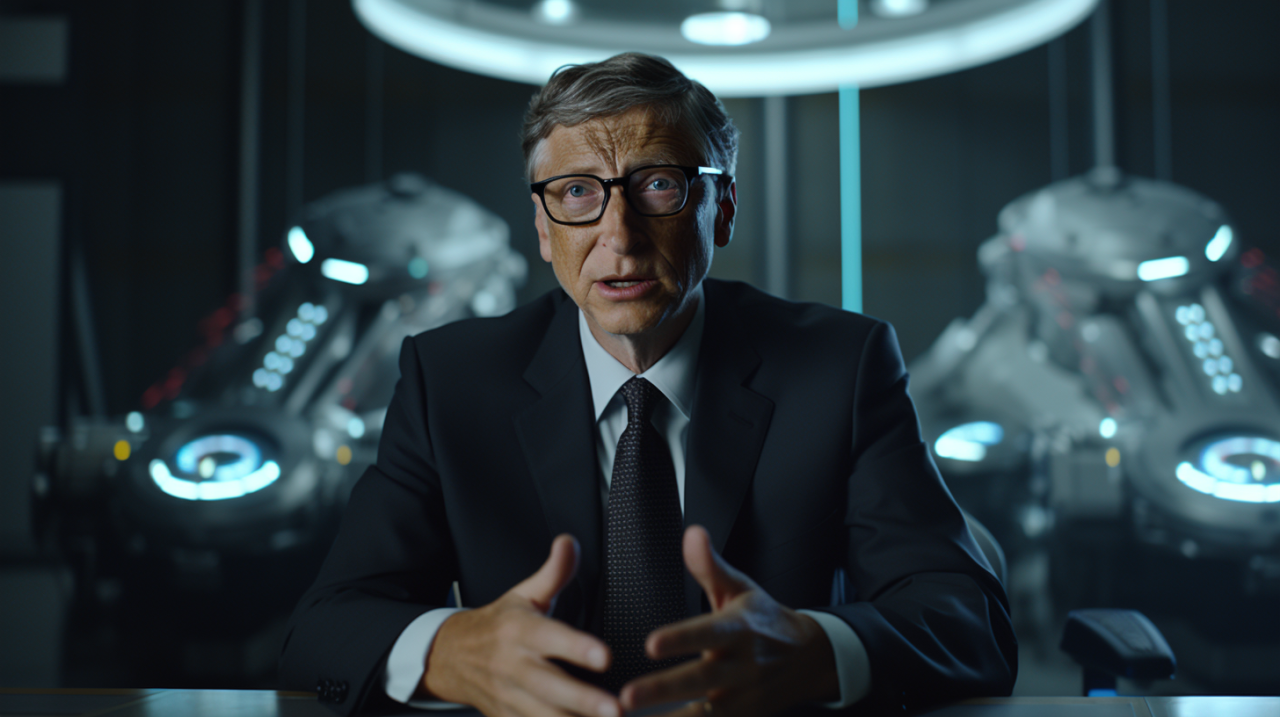The upcoming Google Pixel 9a is shaping up to be a strong contender in the mid-range phone market, and it looks like the phone will have some key advantages over Apple’s iPhone 16e.
While both phones aim to offer great features at a more affordable price point, there are four areas where, according to the rumours at least, the Pixel 9a will come out on top.
Let’s take a look at how Google’s upcoming A-series phone could outshine Apple’s budget-friendly iPhone.
A bigger screen
The Pixel 9a is expected to feature a slightly larger display than the iPhone 16e. While Apple’s latest budget-friendly iPhone sticks to a 6.1-inch Super Retina XDR screen, leaks suggest that the Pixel 9a could have a 6.3-inch OLED display.
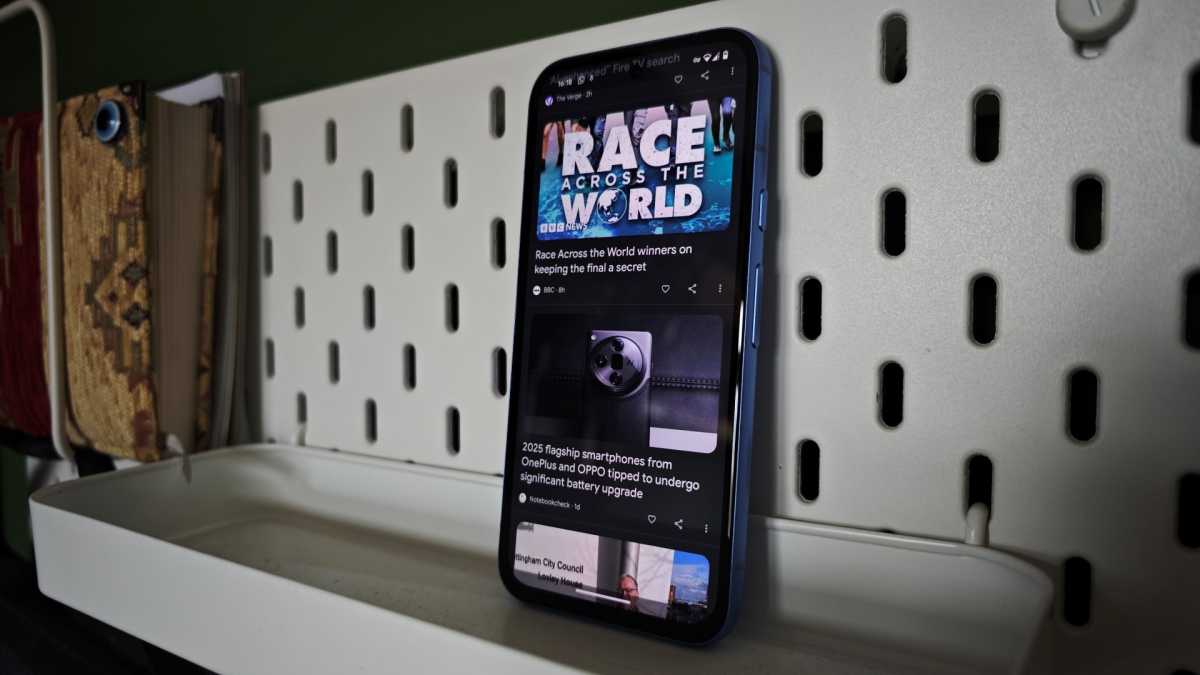
Chris Martin / Foundry
Even if the difference is small, a bigger screen means more room for watching videos, playing games, and browsing the web. Google’s OLED display is also likely to offer vibrant colours and deep blacks, making content look stunning.
If you want a phone with a bit more screen real estate, the Pixel 9a could be the better pick.
A true ultrawide camera
Apple has equipped the iPhone 16e with a 48Mp ‘2-in-1’ camera, which uses a single sensor for both standard and telephoto shots. While that sounds good on paper, it lacks a dedicated ultrawide camera that offers ultimate flexibility.
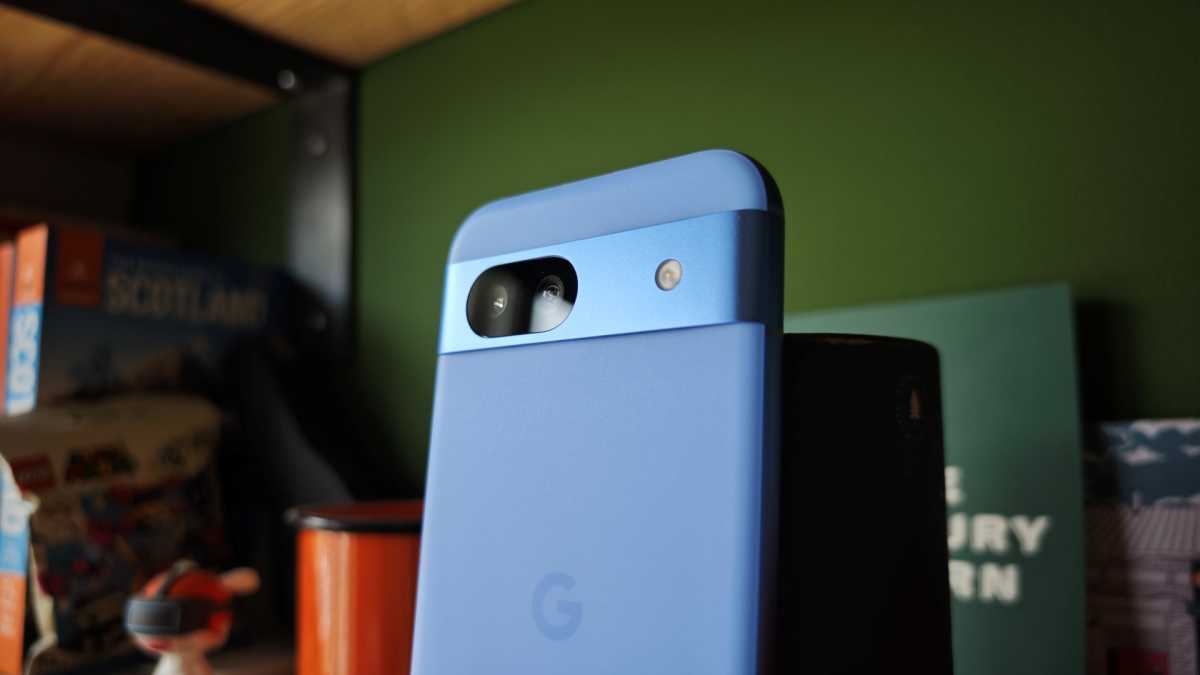
Chris Martin / Foundry
The Pixel 9a, on the other hand, is rumoured to come with a dual-camera setup featuring both a 48Mp wide and 13Mp ultrawide lens, just like the Pixel 8a. This means you’ll be able to capture those expansive landscape shots, squeeze more people into group photos, and take creative close-ups with an ultrawide perspective.
For those who love photography, the Pixel 9a looks set to be a more versatile camera phone.
Under-display fingerprint sensor
Face ID is Apple’s go-to biometric security feature, but not everyone is a fan. In addition to face recognition (that’s still secure enough to log into banking apps or authenticate payments), the Pixel 9a is expected to continue with an under-display fingerprint scanner, which offers a quick and discreet way to unlock your phone.
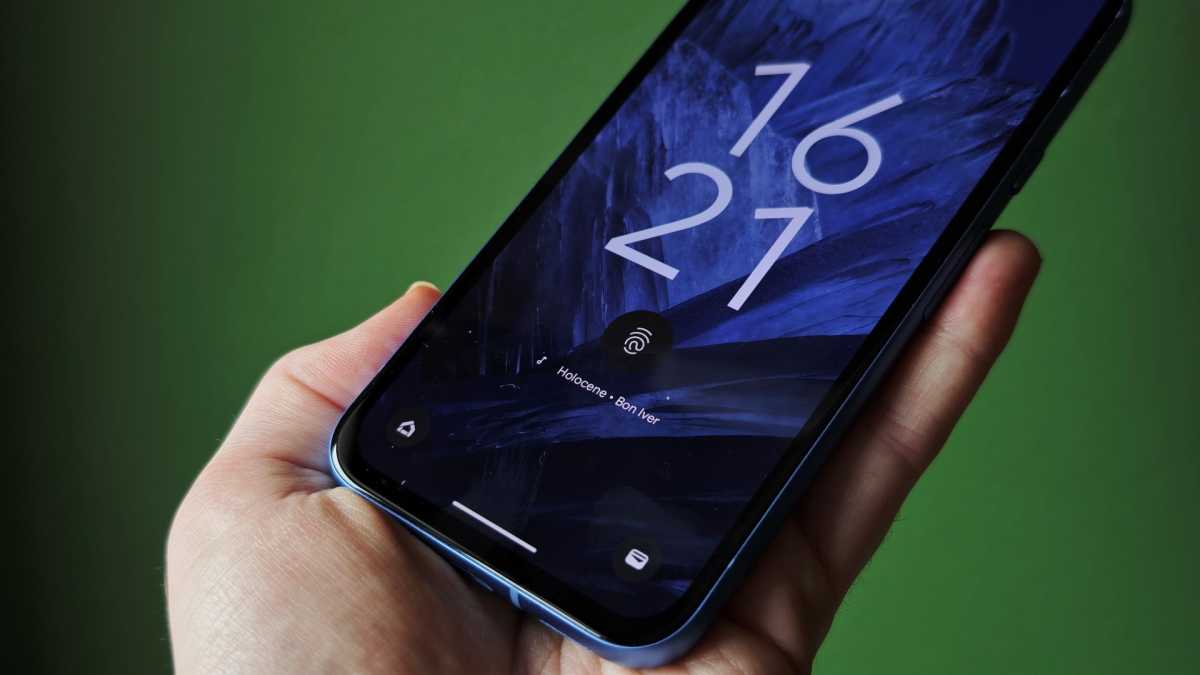
Chris Martin / Foundry
Whether you’re wearing a mask or just prefer a more tactile authentication method, the fingerprint scanner is a handy option. Many users appreciate the flexibility of having both facial recognition and fingerprint authentication, and Google seems to be sticking with that approach.
If you like having these choices, the Pixel 9a will likely be the more convenient device.
A more affordable price tag
However, the biggest win for the Pixel 9a might be its price.
According to leaks, the Pixel 9a is expected to launch at £499/$499, the same price as its predecessor. Meanwhile, the iPhone 16e starts at £599/$599, making it £100/$100 more expensive for the base model.
Considering the Pixel 9a is packing premium features like the Tensor G4 chipset, a dedicated ultrawide camera, a high-quality bigger OLED screen, and a fingerprint scanner, it’s offering more than the iPhone 16e for less money.
If you’re looking to get the most bang for your buck, the Pixel 9a makes a lot of sense.
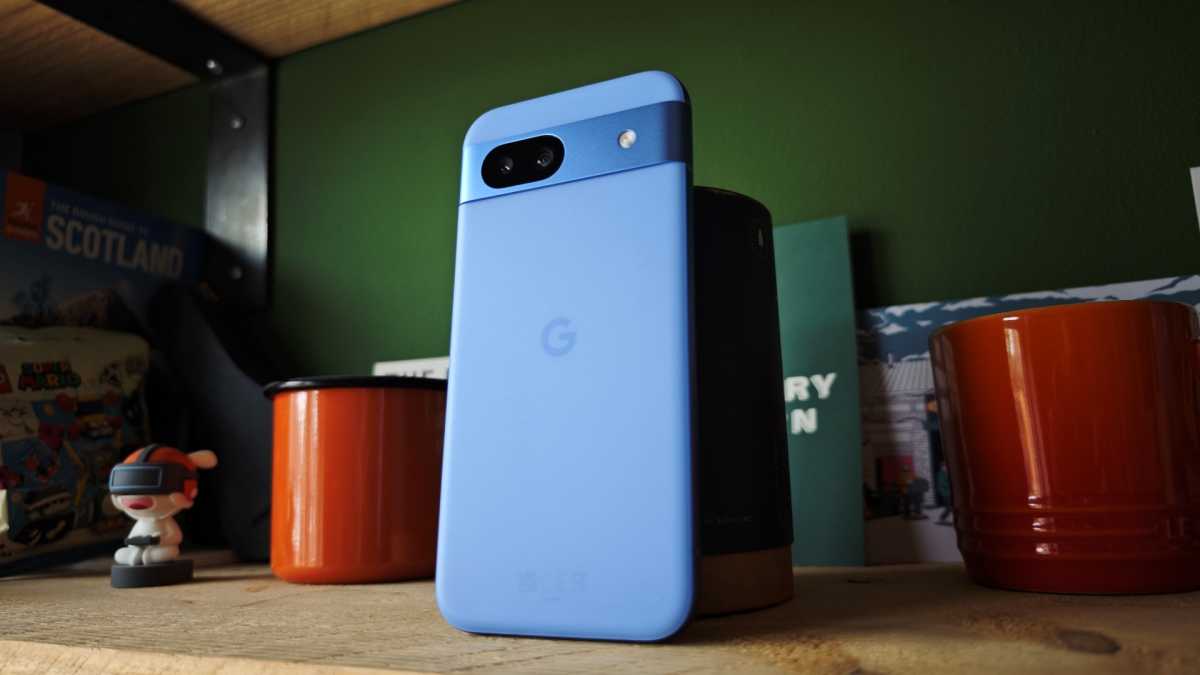
Chris Martin / Foundry
That being said, the iPhone 16e still has some key strengths, particularly in performance and ecosystem integration. The A18 chip should deliver blazing-fast speeds, Apple Intelligence enhances usability, and the Action Button offers great flexibility.
For those who prefer iOS and want seamless connectivity with other Apple devices, the iPhone 16e remains a strong choice. However, when it comes to value and versatility, the Pixel 9a looks like it will have the upper hand.


